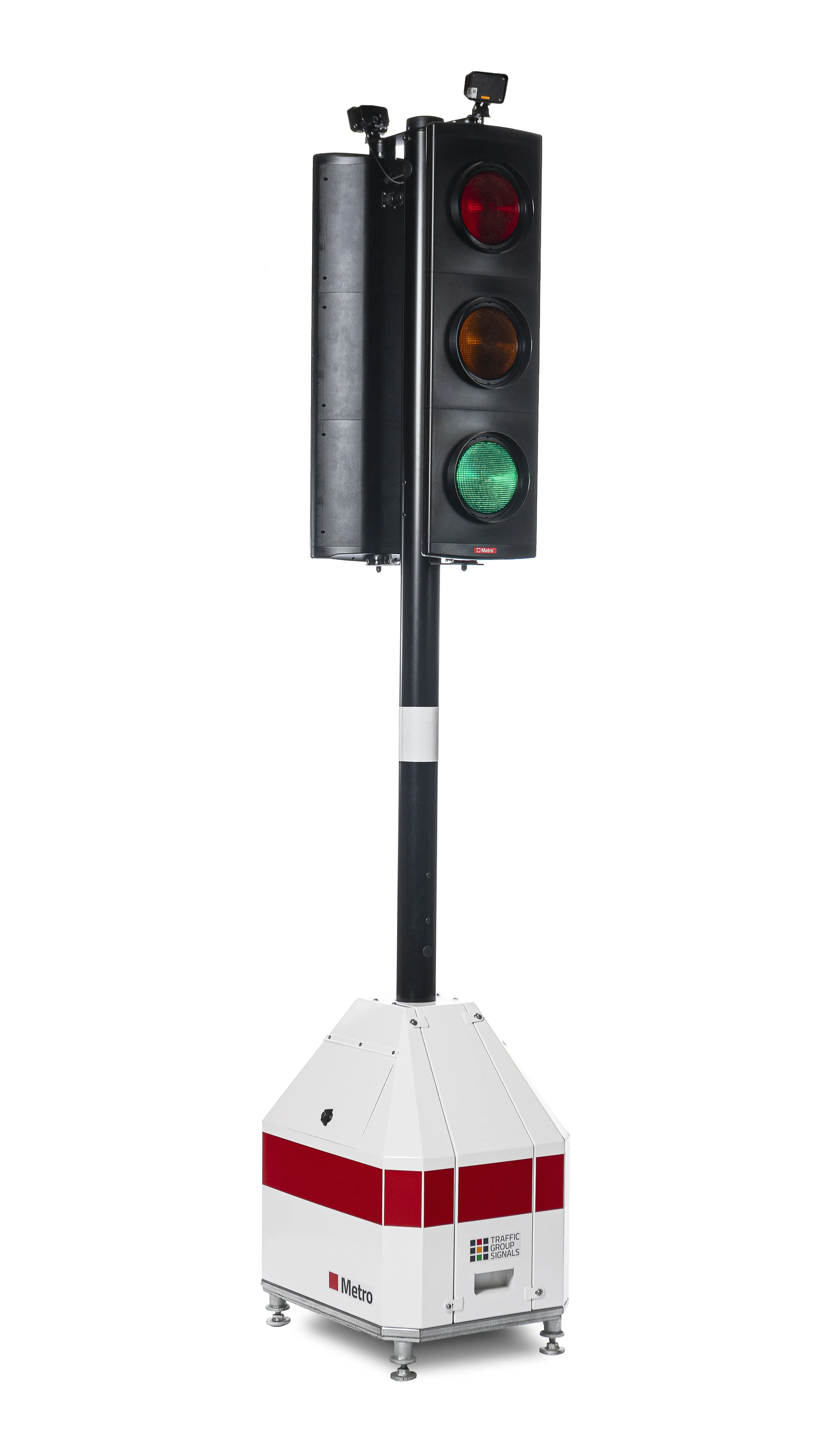
Mvis has launched two new variable message signs (VMS) to assist drivers with road closures, traffic accidents or planned maintenance work in the event of drivers needing to be re-routed. The signs are designed to be portable and mobile so that they can quickly be put into position with minimum disruption.
For planned maintenance, messages can be scheduled at different times and dates using the Web Studio to warn motorists to make alternative plans. Changes can be made by any Wi-Fi-enabled Apple device for any quick changes that need to be made.
In unplanned incidents, MVIS’ distribution team will be able to deploy a VMS from any of its 20 depots quickly. In addition, a 24/7 support line is available for any assistance related queries.
MVIS supplies two different sized VMS products – the smaller of the two; the VMS-A is suitable for inner city and urban roads with a speed limit of 50mph or under, and the larger VMS-C which is suitable for all roads, especially motorways and locations with a speed limit of 60mph or more.
The equipment is completely weatherproof and vandal resistant. Its non-glare LED screen means your message will be completely visible at any time of the day or night.










